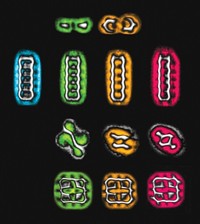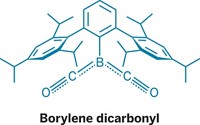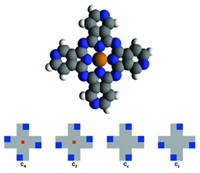Advertisement
Grab your lab coat. Let's get started
Welcome!
Welcome!
Create an account below to get 6 C&EN articles per month, receive newsletters and more - all free.
It seems this is your first time logging in online. Please enter the following information to continue.
As an ACS member you automatically get access to this site. All we need is few more details to create your reading experience.
Not you? Sign in with a different account.
Not you? Sign in with a different account.
ERROR 1
ERROR 1
ERROR 2
ERROR 2
ERROR 2
ERROR 2
ERROR 2
Password and Confirm password must match.
If you have an ACS member number, please enter it here so we can link this account to your membership. (optional)
ERROR 2
ACS values your privacy. By submitting your information, you are gaining access to C&EN and subscribing to our weekly newsletter. We use the information you provide to make your reading experience better, and we will never sell your data to third party members.
Synthesis
Boron Anchors Expandable Ferrocene Dimer
September 5, 2005
| A version of this story appeared in
Volume 83, Issue 36

A diborylated ferrocene dimer (shown) has been synthesized and found to undergo reversible conformational changes promoted by redox chemistry or by complexation with nucleophiles. The ability to expand or contract the structural framework of the molecule at will could make it a useful building block in molecular machines, conclude Krishnan Venkatasubbaiah and Frieder J?kle of Rutgers University, Newark, N.J., and their colleagues (Angew. Chem. Int. Ed. 2005, 44, 5428). The molecule has strong boron-iron electronic interactions, and it can undergo reduction at the diboryl ring or oxidation at a ferrocene unit. The diboryl ring sits slightly tilted in the plane between the ferrocene molecules, but when the neutral compound is oxidized or reduced, the ring flattens in the plane, pushing the iron atoms farther apart. A greater expansion is observed when the neutral molecule is complexed with two equivalents of a substituted pyridine. The pyridine nitrogen atoms coordinate to the boron centers, which causes the ring to tilt even more and, coupled with steric effects, to push the iron atoms even farther apart.






Join the conversation
Contact the reporter
Submit a Letter to the Editor for publication
Engage with us on Twitter